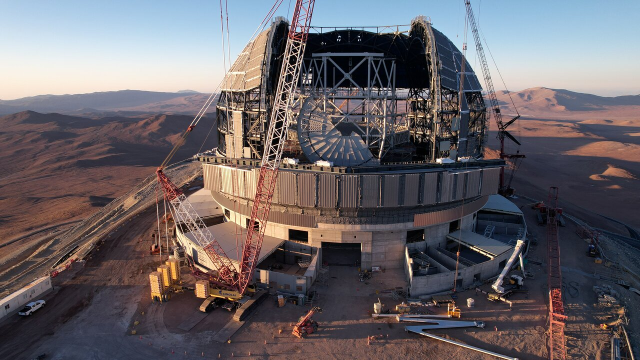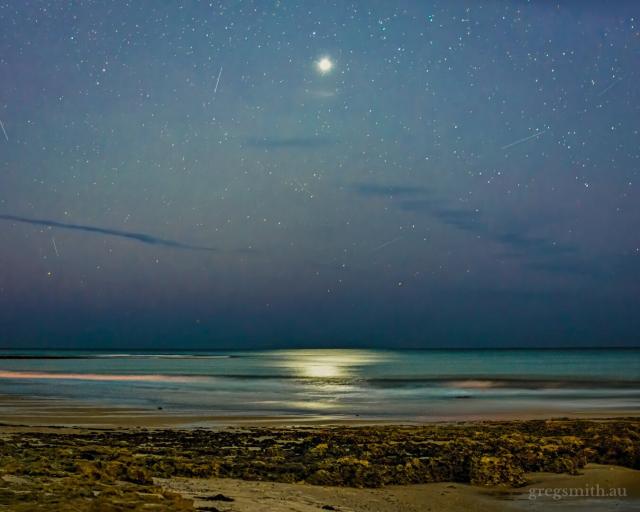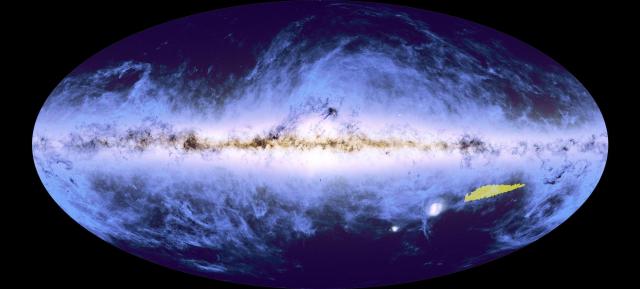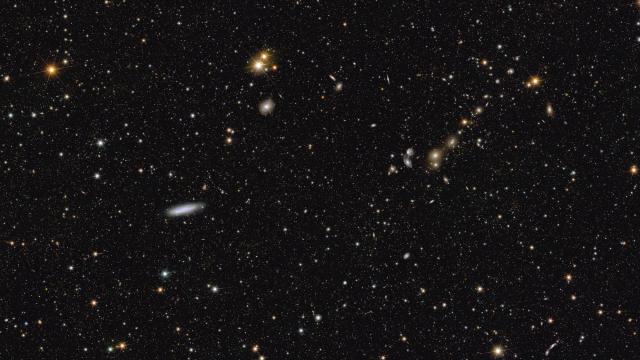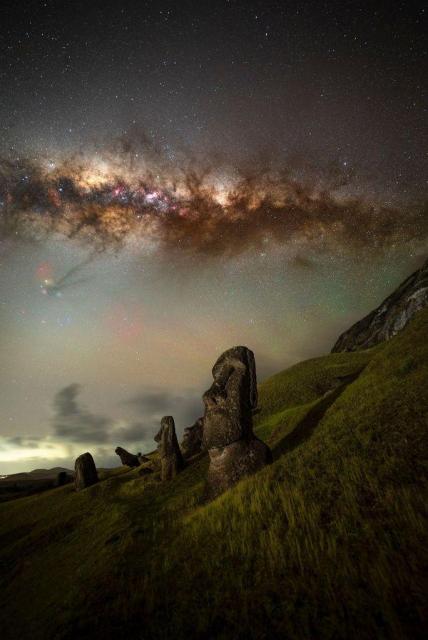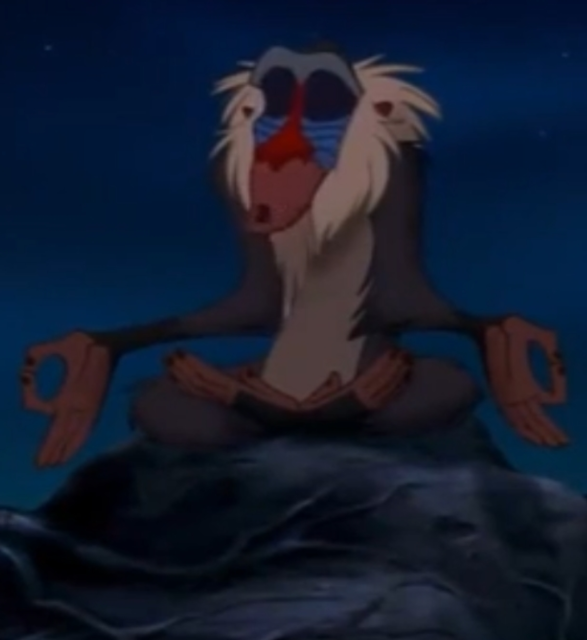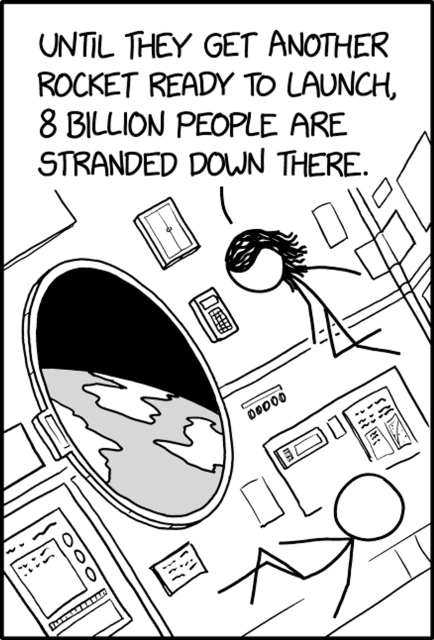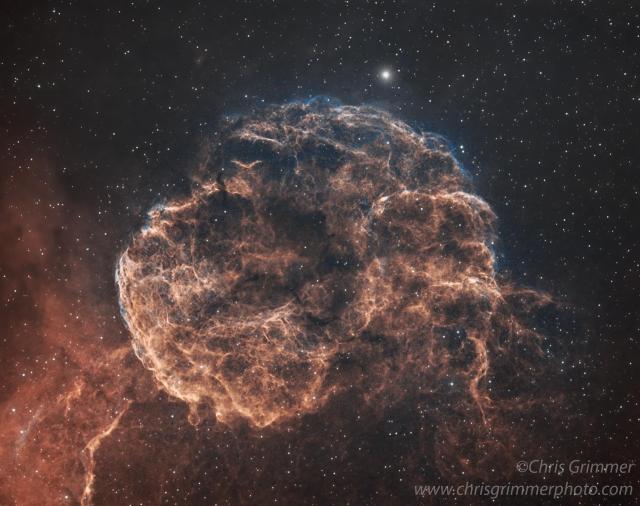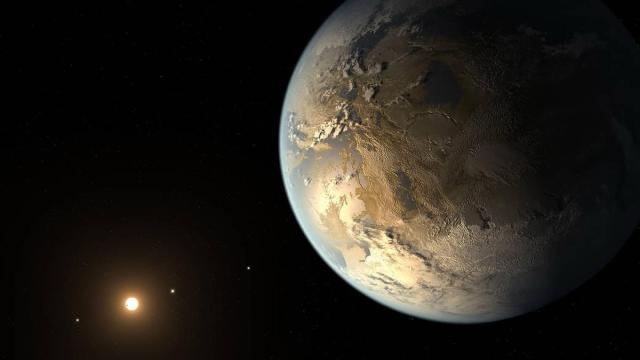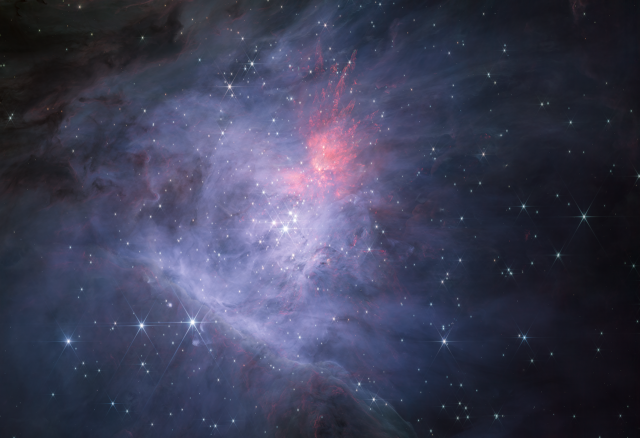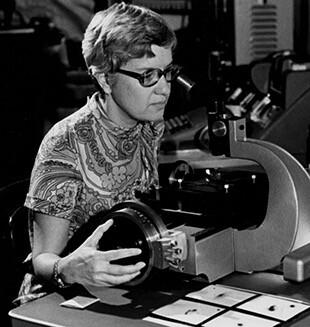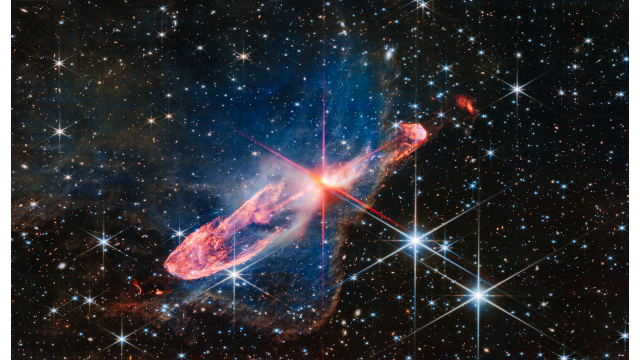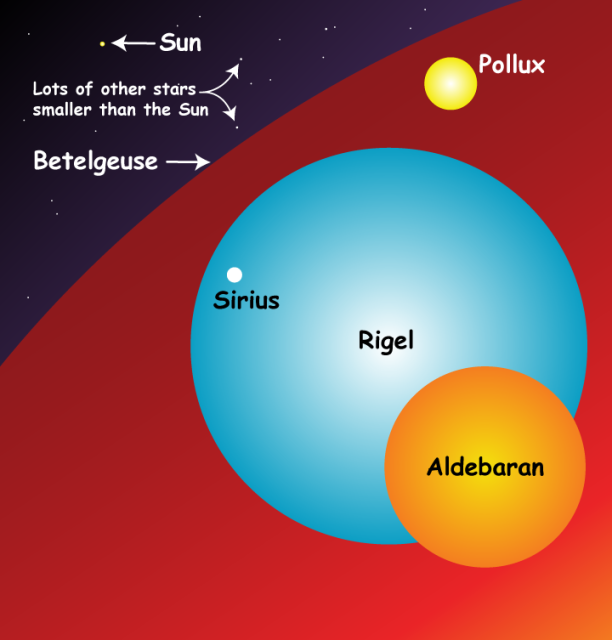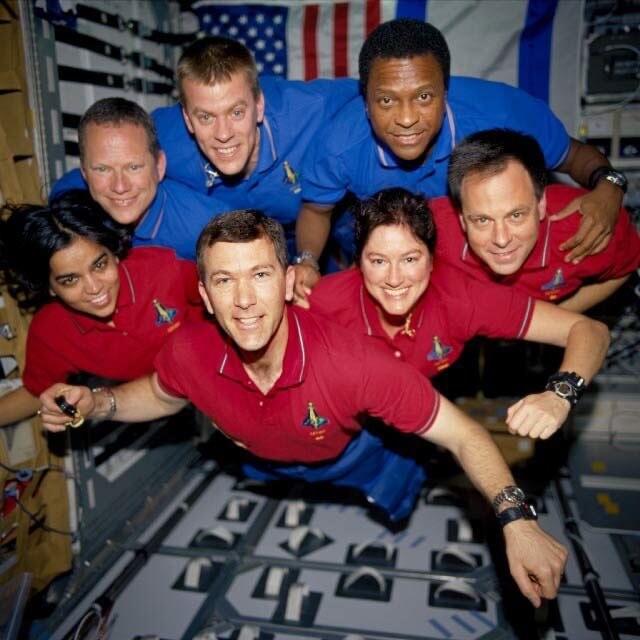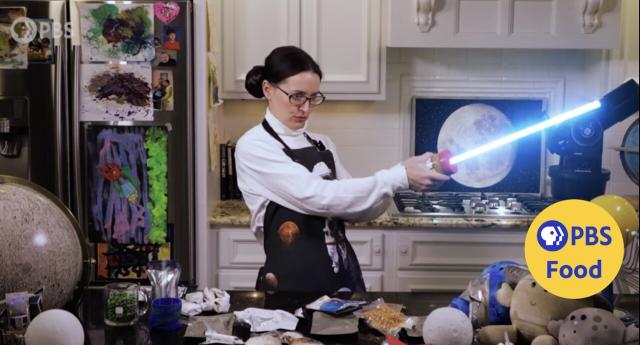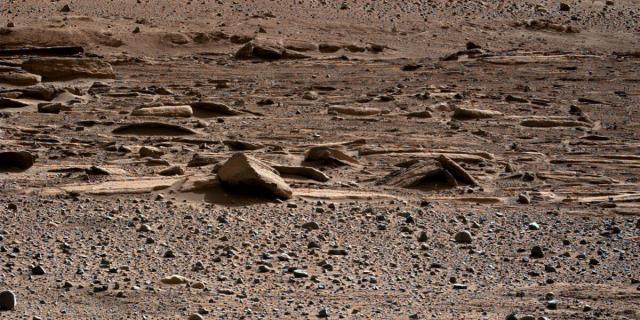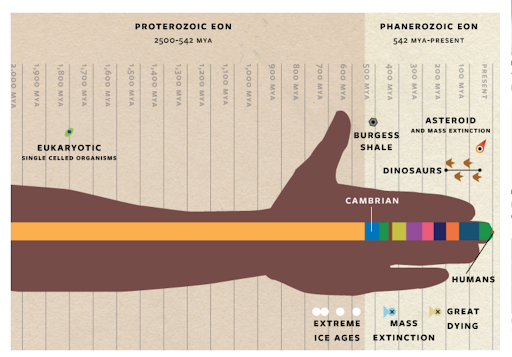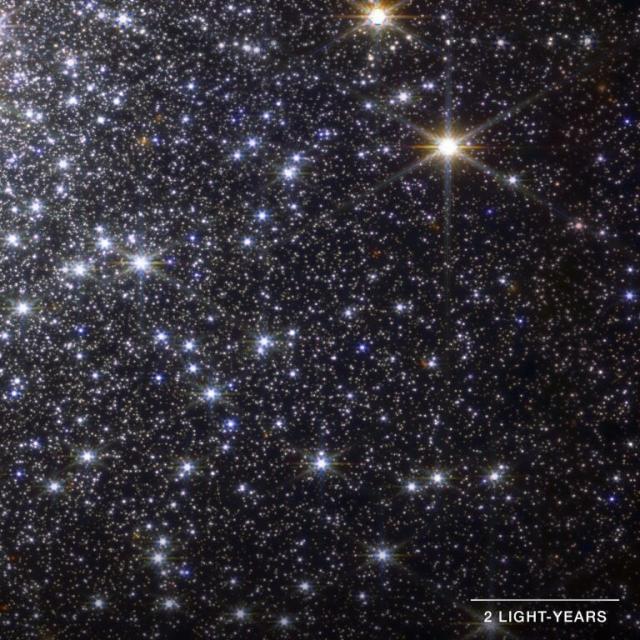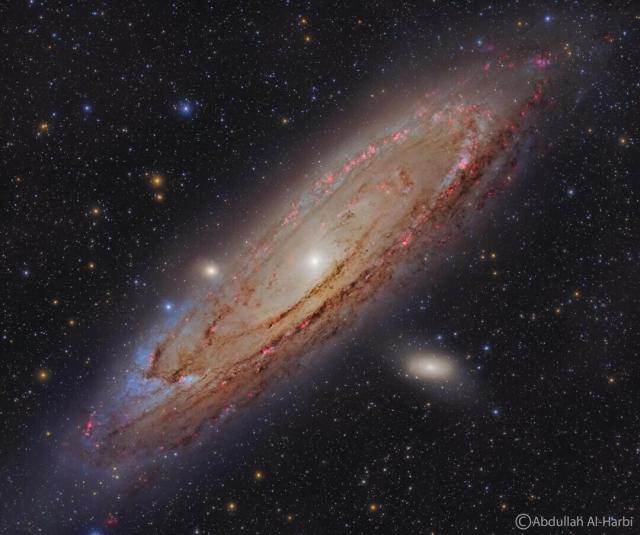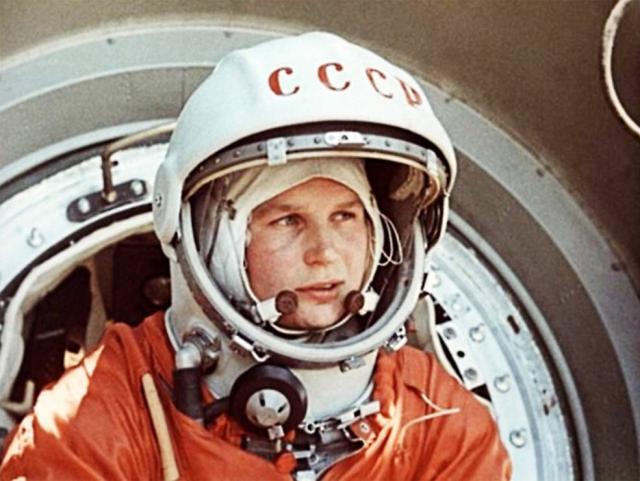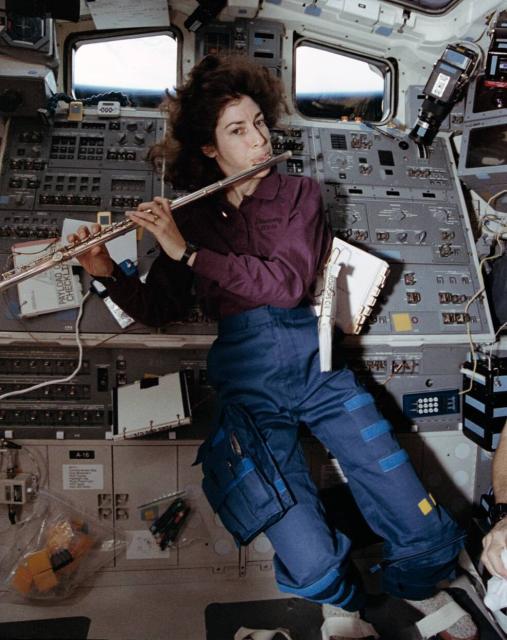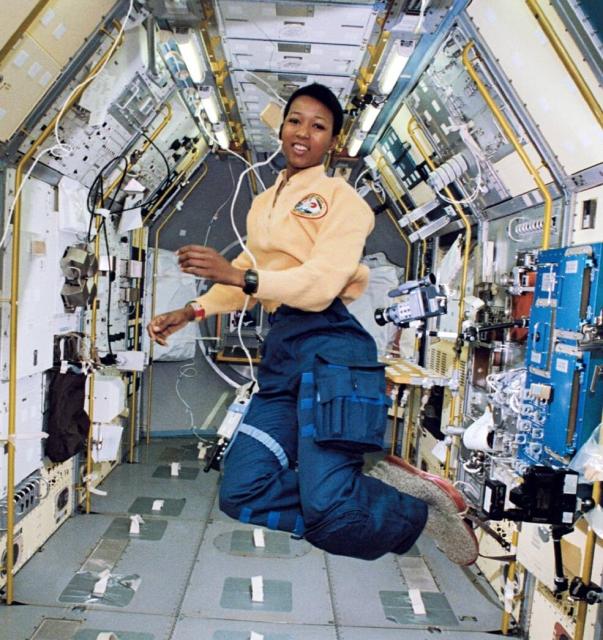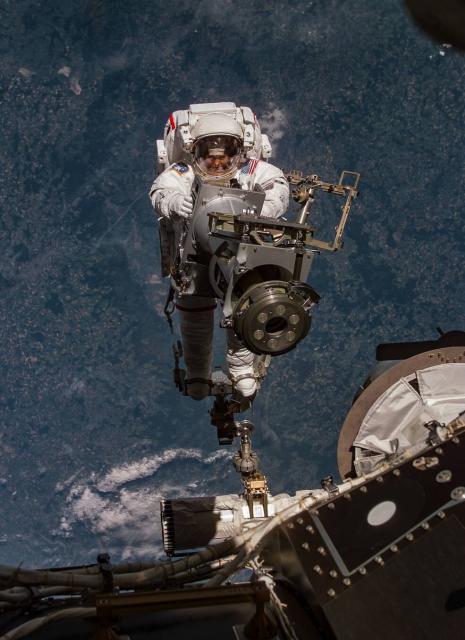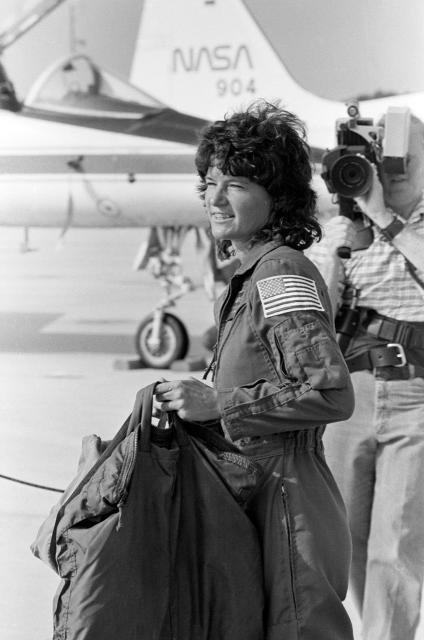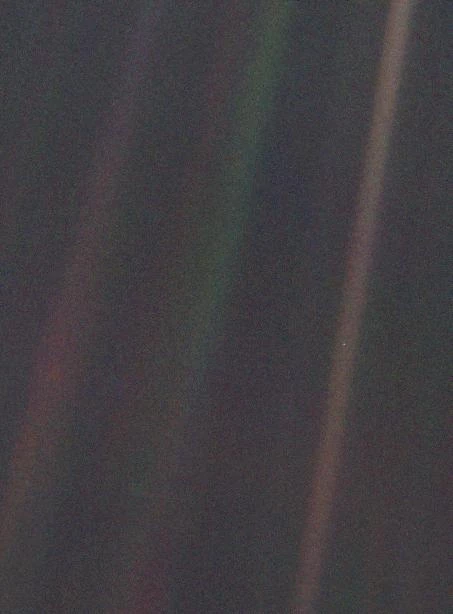Search
Items tagged with: space
'We were genuinely astonished': This moss survived 9 months outside the International Space Station and could still grow on Earth
#Introduction Hi #fediverse ! We’re the European Southern Observatory, and we design, build and operate ground-based telescopes.
One of them is our Extremely Large Telescope, currently under construction in #Chile. It will have a 39 m mirror, and its rotating enclosure will weigh 6100 tonnes, or about 700 mastodons!
We’re looking forward to chatting with all of you about #astronomy
📷 ESO/G. Vecchia
Reflection from Venus, surprisingly bright to the naked eye.
#venus #ocean #space #astro #astrophotography
The European Space Agency's Euclid space telescope is assembling the largest 3D map of the universe ever made.
The first section is now complete. Take a look at what happens when you zoom in...
esa.int/Science_Exploration/Sp… #space #science #astronomy #nature
Zoom into the first page of ESA Euclid’s great cosmic atlas
On 15 October 2024, ESA’s Euclid space mission revealed the first piece of its great map of the Universe, showing millions of stars and galaxies.www.esa.int
#PPOD: Aringa Ora O Te Tupuna (The Living Face of the Ancestors)
Award-winning photographer Josh Dury captured this stunning picture of the Milky Way over Easter Island and some of its famous Maoi. From his Instagram post: "A truly unforgettable night from one of the darkest places on Earth, surrounded by a place and a community that is close to my heart. One of the most powerful, emotional moments of my life."
Credit: Josh Dury
The meteorite that crashed in the Eastern Cape in South Africa was a car-sized meteorite. Prof. Roger Gibson from the Wits School of Geosciences talks about the scientific implications. youtu.be/VfibOZQl4Fc?...#Meteorite #SouthAfrica #StFrancisBay #PortElizabeth #Kirkwood #EasternCape #space
“The universe is expanding, and faster now than it did in the past. Scientists don't know why, but the leading explanation is that the universe contains something that has a repulsive gravitational effect - it pushes the universe apart instead of pulling it back together. This phenomenon is called dark energy.”
- NASA, image by the Euclid European #Space Agency telescope ✨
The amazing helicopter on Mars, Ingenuity, will fly no more
#Mars #Space #Ingenuity #News #ArsTechnica
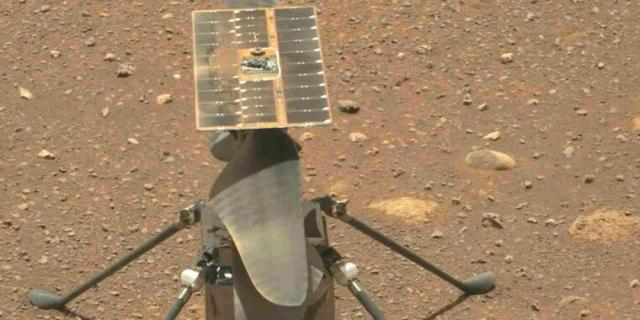
The amazing helicopter on Mars, Ingenuity, will fly no more
Ingenuity has spent more than two hours flying above Mars since April 2021.Ars Technica
SpaceX Starlink satellites photobombed my northern lights photos in Iceland!
#space #science #spacex #astrodon #womeninstem
youtube.com/watch?v=7hTnctQLCI…
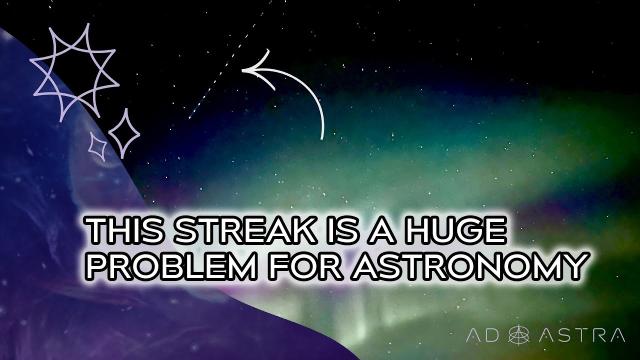
SpaceX Starlink satellites photobombed my Northern Lights photos!
We've known for awhile that increasing numbers of satellites are a problem for astronomy and astrophotography. I had my own issues with SpaceX's Starlink sat...YouTube
Data from the Kepler #space telescope suggest there may be as many as 300 million potentially habitable planets in our galaxy alone.
We may never have evidence proving whether intelligent life is somewhere out there, but - as Carl Sagan once wrote, “If it’s just us, seems like an awful waste of space.”
This dead star is bursting back to life
It would appear that a distant star has sprung back to life after its explosive death, blasting out repeated energetic flares over a period of several months that are like nothing astronomers have seen before.
Not Dead Yet.... Twas But A Flesh Wound?
#Space #Astronomy #CosmicPuzzle
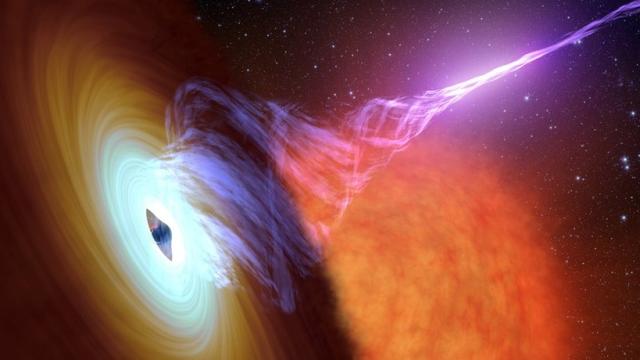
This dead star is bursting back to life
"No one really knew what to say. We had never seen anything like that before — something so fast, and the brightness as strong as the original explosion months later."Robert Lea (Space)
For decades, astronomers have dreamed of setting up an observatory on the far side of the Moon. I read about it as a kid. Now it's happening!
The LuSEE-Night radio telescope is under construction, and is scheduled to land on the lunar farside in 2025. It's a pathfinder for a much bigger radio telescope that would follow. newscenter.lbl.gov/2023/09/26/… #space #nasa #science
Listening to the Radio on the Far Side of the Moon
Researchers can use the radio-quiet far side of the moon to listen for a never-before-heard signal from the “Dark Ages” of the universe.ssuh (Lawrence Berkeley National Laboratory)
Born in 1928, Vera Rubin set her sights on Princeton, but they wouldn’t accept female grad students in astronomy. So she earned her master’s from Cornell & PhD from Georgetown.
In 1965, Rubin became the 1st woman allowed to observe at the Palomar Observatory. She went on to find evidence for the existence of dark matter.
In 1993, Rubin was awarded the National Medal of Science. But curiously, she was not awarded a Nobel Prize. themarginalian.org/2016/04/18/… #HistoryRemix #science #space #history
Pioneering Astronomer Vera Rubin on Women in Science, Dark Matter, and Our Never-Ending Quest to Know the Universe
“We’re still groping for the truth… Science consists of continually making better and better what has been usable in the past.”The Marginalian
Our sun is big. It’s 864,000 miles or 1,392,000 km in diameter. Or 109x wider than Earth. But it’s also an average sized star.
Some stars are much bigger.
Betelgeuse, in the constellation Orion, is a red supergiant star ~700x the size of the sun.
If we replaced our sun with Betelgeuse, it would stretch past Jupiter's orbit. universe.nasa.gov/news/237/wha… #space #science
What is Betelgeuse? Inside the Strange, Volatile Star
A blazing red supergiant shining brilliantly in the night sky, Betelgeuse is a star that has captured attention for centuries.NASA Universe Exploration
Born in India in 1962, Dr. Kalpana Chawla became the first Indian woman in #space in 1997.
In 2003, she was on the Columbia, when insulation broke off, depressurizing the shuttle. All 7 crew members died.
7 asteroids + 7 hills on Mars were named after them.
space.com/17056-kalpana-chawla… #HistoryRemix #science
“When you look at the stars & the galaxy, you feel that you are not just from any particular piece of land, but from the solar system." - Chawla, 1997
Kalpana Chawla: Biography & Columbia disaster
Astronaut Kalpana Chawla was the first Indian-born woman in space.Nola Taylor Tillman (Space)
In honor of #StarWarsDay, a look at space food from an episode of Serving Up Science: youtu.be/XyJGyOJf8e0 #StarWars #space #food (We had fun making this one).
May the Fourth Be With You!
Space Food: The Final Frontier! | Serving Up Science
When you think of space food, what comes to mind? Probably dried ice cream, jell-o, and food in a tube. But today's advances in cosmonaut cuisine include eve...YouTube
Like a flooded river full of ice slabs, only they are rocks on Mars.
Processed cropped MCZ_LEFT, FL: 34mm
Sol: 732, RMC: 36.3294, LMST: 16:13:53
Original: mars.nasa.gov/mars2020-raw-ima…
Credit: #NASA/JPL-Caltech/ASU/65dBnoise
The history of Earth as the length of a human’s outstretched arm - representing 4.5 billion years of time.
At this scale, humans emerged so recently that we could be filed off from a microscopic slice at the very tip of a fingernail.
Infographic by Katie Scott from original article in Nautilus. Details at ncse.ngo/deep-time-really-real… #space #time #science #SharedPlanet
Deep time is, like, really, really deep, man | National Center for Science Education
Have you heard the joke about the museum guide who, when asncse.ngo
If we calculate how many grains are in a teaspoon of sand (an average) & multiply that by the amount of sand estimated on every beach & desert in the world, we get (roughly) seven quintillion, five hundred quadrillion grains of sand on Earth. npr.org/sections/krulwich/2012… #space #science
Meanwhile, there are ~70 thousand million, million, million stars in the observable universe - a figure vastly surpassing all of those grains of sand. The universe is immense, breathtaking & beyond imagination ✨
Happy that the first exoplanet discovered accidentally by Dale Frail and Aleksander Wolszczan in 1992 is included. They were not even mentioned when other #astronomers were awarded the Nobel prize for the discovery of exoplanets. And yet the discovery ended up showing exoplanets can show up in strange places.
As of March 2023, 72 #women have flown in #space.
Of these, 44 have worked on the International Space Station as long-duration expedition crewmembers, as visitors on space shuttle assembly flights, or as space flight participants on short-duration missions.
Learn more about these inspiring pioneers from around the world: nasa.gov/feature/womens-histor… #science #history #HistoryRemix
Women's History Month 2023: Celebrating Women Astronauts
As of March 2023, 72 women have flown in space. Of these, 44 have worked on the International Space Station as long-duration expedition crewmembers, as visitors on space shuttle assembly flights, or as space flight participants on short-duration miss…Kelli Mars (NASA)
In 1977, NASA began looking for women astronauts.
Sally Ride spotted an ad about it in the Stanford school newspaper & applied. She was one of six women chosen.
In 1983, Ride became the first American woman to travel into #space. Her role as a mission specialist was to work a robotic arm to move satellites.
Ride went on to teach at UC San Diego & worked to promote women & girls in STEM. She also wrote children’s books about exploring space. nasa.gov/audience/forstudents/… #HistoryRemix
Who Was Sally Ride?
On June 18, 1983, Sally Ride became the first American woman to go to space. Find out more about this space pioneer.NASA
“There is perhaps no better demonstration of the folly of human conceits than this distant image of our tiny world. To me, it underscores our responsibility to deal more kindly with one another, and to preserve and cherish the pale blue dot, the only home we've ever known.”
— Carl Sagan, Pale Blue Dot, 1994 planetary.org/worlds/pale-blue… #science #space
#nola #neworleans #Louisiana #science #education #space #nasa #blackhistorymonth


